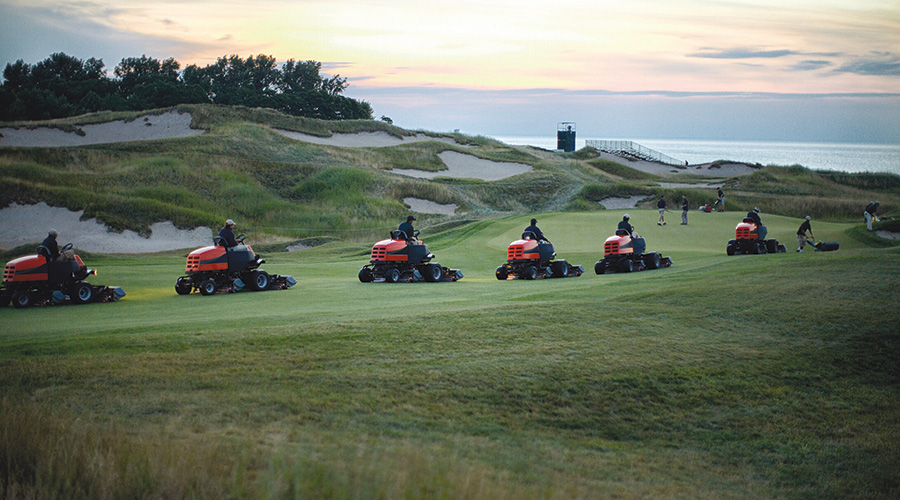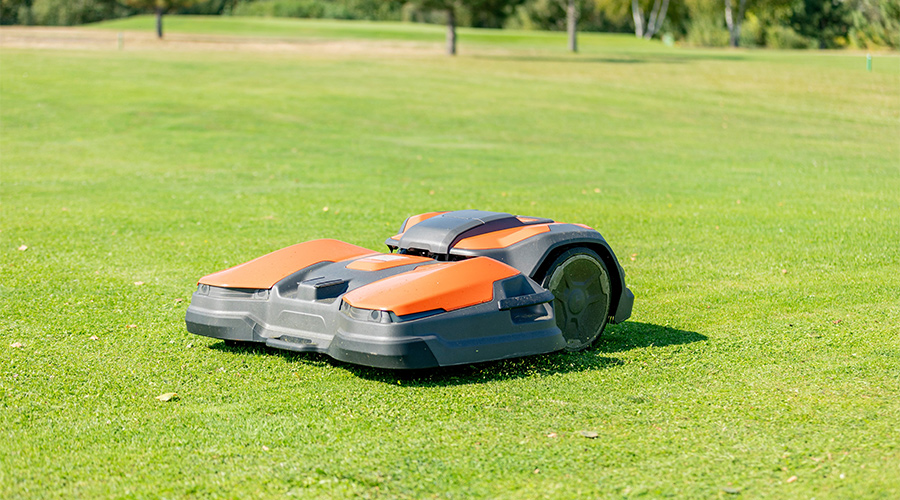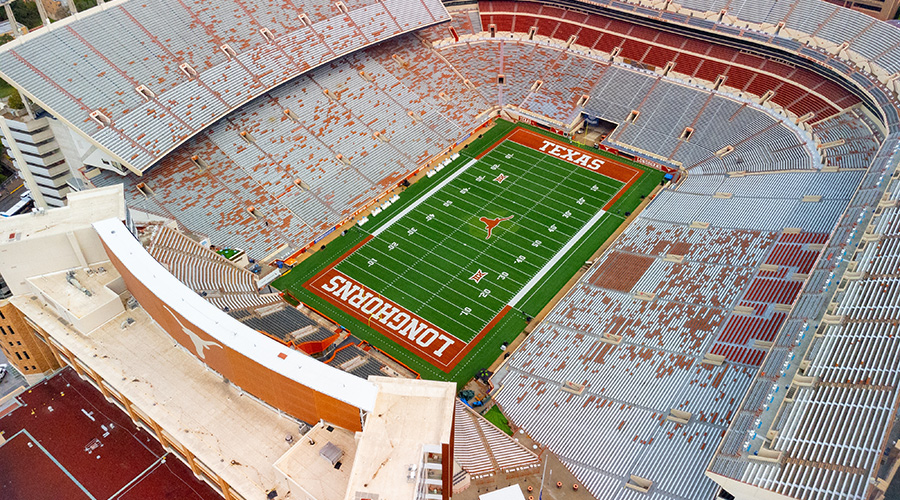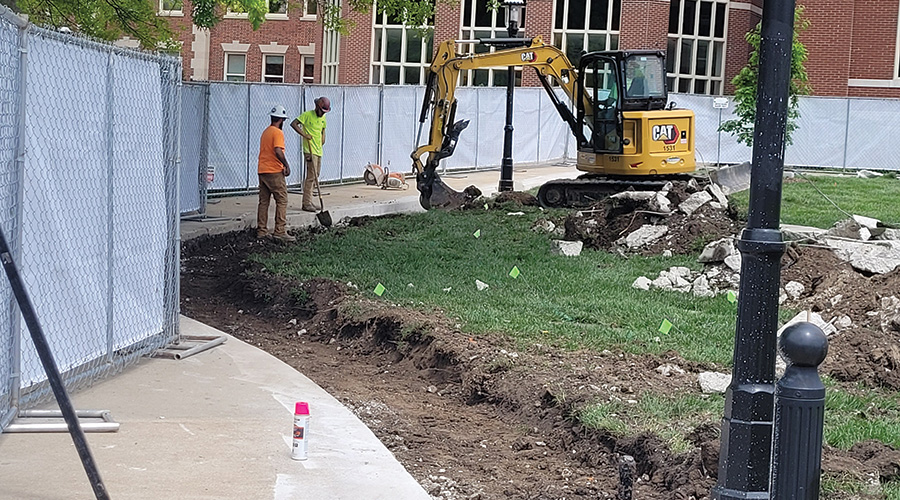Landscapes Play Role in Building Security Perimeter
Smithsonian Gardens tackles a range of projects — adding to or changing landscapes and hardscape elements in the gardens, for example — each year. Faust, landscape architects, and the grounds and greenhouse managers comprise a panel that reviews plans for these projects. The panel ensures projects are cost effective and will not significantly increase maintenance requirements or compromise the experience of those visiting gardens and museums.
“Being on the National Mall as we are, we have to be very careful how we change the look of what we do,” Faust says. “We have the Commission of Fine Arts and the National Capital Planning Commission that review it if it’s a really big project that can have an effect on the look.”
A major initiative taking place is the construction of a security perimeter around the museums.
“After 9/11, all the buildings were trying to improve their perimeter security,” Faust says. “First, it was done with temporary container plantings, but then (security officials) wanted it to be more permanent. So actual perimeters have been built around each of the museums. It’s been done at the National Air and Space Museum and the National Museum of Natural History, and now it’s in the process of being done at the National Museum of American History.”
At the National Museum of Natural History, walls and large boulders comprise the perimeter. Smithsonian Gardens took action to ensure contractors building the perimeter did not damage large-specimen tree roots. Faust and her team also specified a variety of evergreens to hide a system of strong cabling that is part of the perimeter at the National Museum of American History.
Whether Smithsonian Gardens is helping construct a security perimeter or acting as garden guards during events such as the 2009 Presidential Inauguration, Faust and her team play an integral role in the design, maintenance, and operations of the landscapes surrounding the nation’s capitol.
Says Faust, “When you’re in horticulture, you do everything.”
SPOTLIGHT: SMITHSONIAN GARDENS
Each of the 10 landscapes under Smithsonian Gardens management has a unique set of characteristics. Here’s a glimpse at the 10 gardens in and around the National Mall in Washington, D.C.
Mary Livingston Ripley Garden features hundreds of varieties of annuals and perennials, hanging baskets, and unusual trees and shrubs. A 19th-Century, cast-iron fountain is at the center of the curvilinear garden.
Enid A. Haupt Garden is a 4.2-acre roof garden acting as the front yard of the Smithsonian Castle building.
The Butterfly Habitat Garden features different habitats attractive to butterflies — wetlands, meadow, woodland edge, urban garden — and signage explaining their life cycles and behaviors.
The Kathrine Dulin Folger Rose Garden sits at the east side of the Smithsonian Castle and the main facade of the Arts and Industries Building.
Victory Garden is located on the terrace outside the National Museum of American History’s cafeteria and resembles vegetable gardens created during World War II.
The Heirloom Garden resembles a classic American flower garden. It features heirloom varieties — open-pollinated plants rather than hybrids or genetically altered plants.
Native Landscape at the National Museum of American Indian features a design that recalls the natural landscape environment that existed prior to European contact.
Hirshhorn Museum and Sculpture Garden is impacted by season, time of day, and weather, resulting in a changing backdrop for more than 60 large-scale works of art.
The Courtyard Garden at the Freer Gallery of Art invites relaxation and quiet contemplation within the gallery.
The National Air and Space Museum landscape includes more than 7 acres of trees, shrubs, groundcovers, perennial and annuals.
For more information, visit www.gardens.si.edu.
|
Related Topics:














